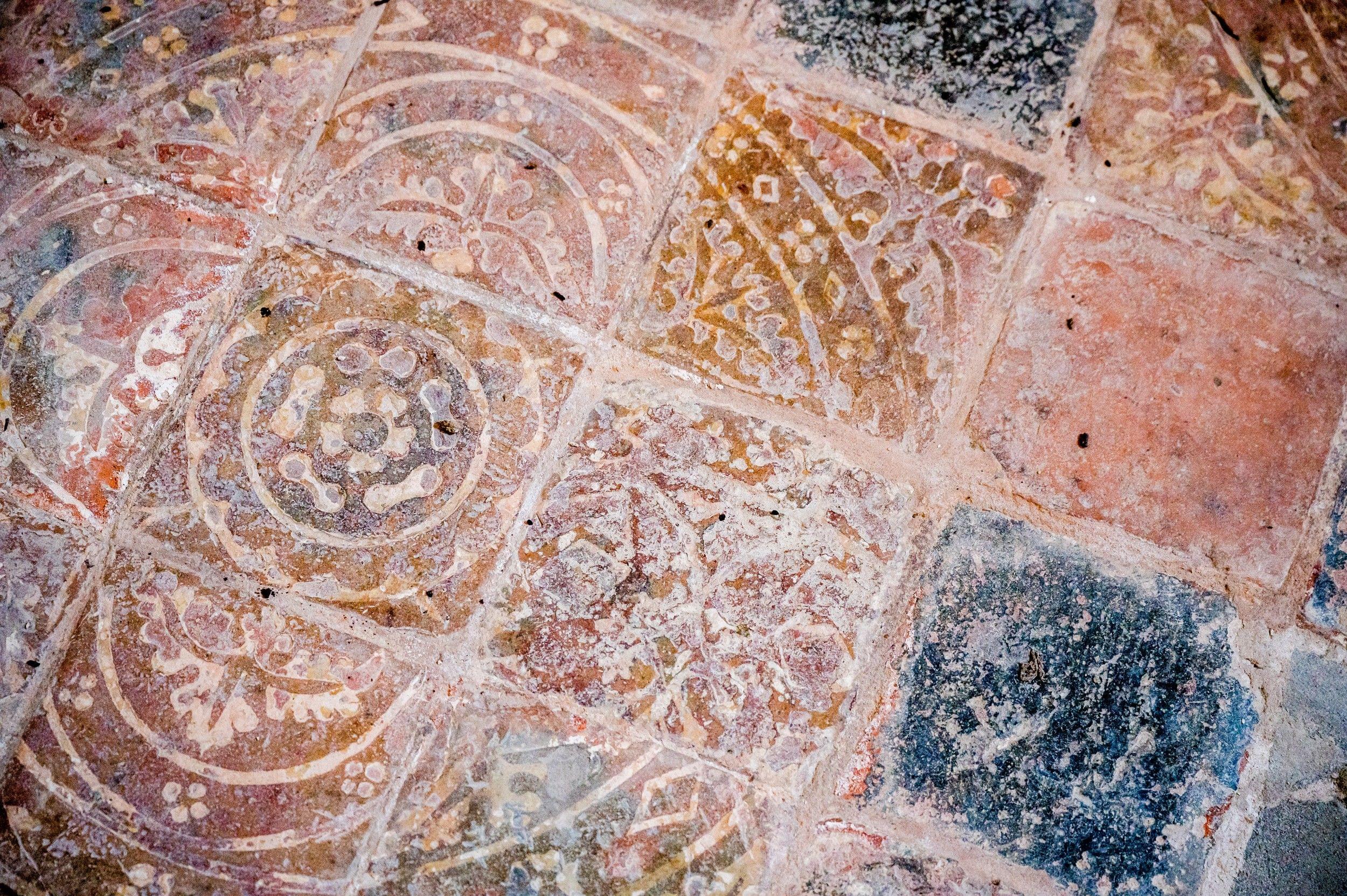The first documentary evidence of a chapel is in 1165. Between 1395 and 1397 the chapel was reconstructed by Thomas de Aston, Archdeacon of Stow, and a prebendary of Lincoln Cathedral; the Pope granted special privileges to those who contributed to the rebuilding. For many years, during the English Reformation the chapel was used as a meeting house for the Lindsey Quarter Sessions but when the Wrays built a new sessions house nearby in 1594 the old chapel became derelict.
The chapel was rebuilt in 1616, using some materials salvaged from the previous build and the new chapel was probably smaller than its predecessor. Continuing as a chapel to serve the almshouses and the local community it was refurbished again in 1665 following damage and neglect during the Civil War. In 1830 John Pretyman rebuilt the chapel taking the unusual step of reorientating the building with the communion table at the west end rather than the east. The restored chapel was furnished out with box pews, again possibly reused from earlier builds. A final refurbishment in which the sanctuary was raised and a perpendicular style roof installed resulted on October 7, 1889 with Bishop Edward King coming to Spital to reopen the chapel which continued to function until the 1970s.
A dwindling congregation and the closure and sale of the almshouses caused the chapel to become redundant. In 1995 it was purchased by the Spital Chantry Trust of St Edmund which is dedicated to the restoration and refurbishment. A hospital 'Spittal on the Street' was also built in 1396 by Thomas Aston, where a chantry had been founded in 1343 by John Vendour, vicar of Tealby. Thomas Aston also obtained permission from the Pope to appropriate to the new hospital the churches of Little Carlton and Skellingthorpe, of which he was patron. A warden and a certain number of poor persons were to be maintained in the hospital, which was to remain under the patronage of the Dean and Chapter of Lincoln. This house was not suppressed among the hospitals generally at the Dissolution.

